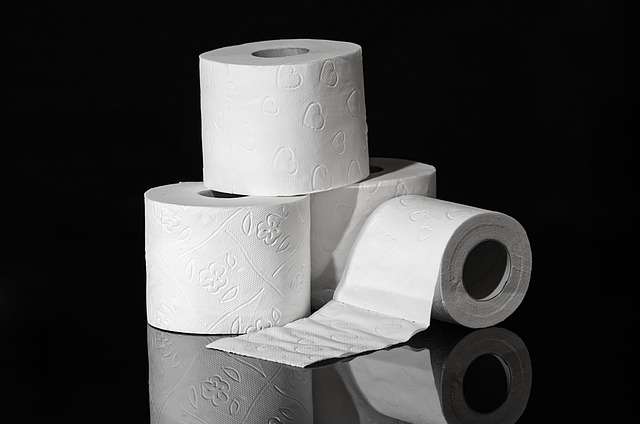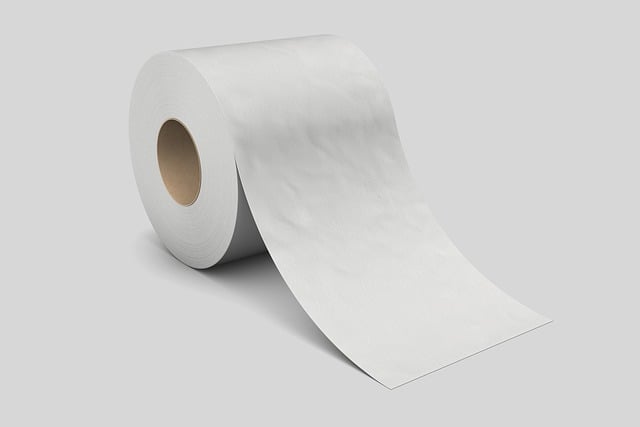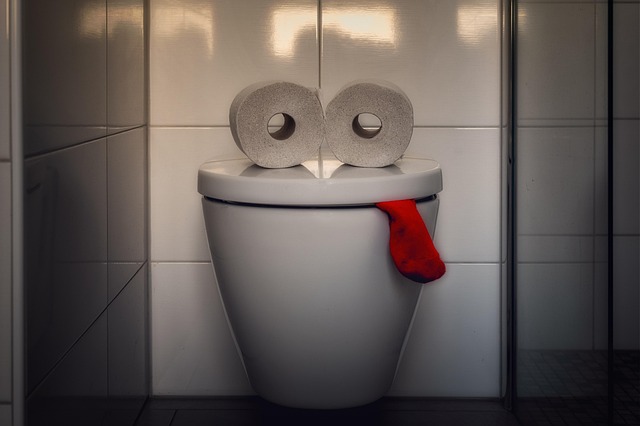A running toilet, caused by a leaky flapper or blocked mechanism, wastes water and increases bills. Regular checks for unusual noises are key to preventing leaks. Basic troubleshooting like adjusting water levels or replacing parts can fix most issues. For long-term conservation, adopt sustainable practices including low-flow fixtures, regular leak checks, and efficient water usage habits.
Tired of consistently rising water bills? A running toilet is not just a nuisance but can waste up to 20 gallons of water per day, costing you big on your water bill. This comprehensive guide will teach you how to identify and fix a running toilet, offering step-by-step troubleshooting and long-term solutions to prevent future water wastage. Learn efficient savings tips to control your expenses and make your home more eco-friendly.
- Understanding the Problem: Identifying a Running Toilet
- Troubleshooting and Repair Steps to Stop the Leak
- Long-term Solutions to Prevent Future Water Wasting and Savings Tips
Understanding the Problem: Identifying a Running Toilet

A running toilet is a common household issue that can lead to significant water waste and, consequently, sky-rocketing water bills. Understanding how to identify this problem is the first step in fixing it. The most noticeable sign of a running toilet is continuous water noise from the bowl, even when no one is using the facility. This persistent drip or gurgle indicates that the flapper, which seals the drain after each flush, is not sealing properly. Over time, this can be caused by worn-out parts, poor maintenance, or simple debris blocking the mechanism.
If you suspect a running toilet, it’s important to act promptly as even small leaks can add up to significant water wastage and financial loss. Regularly checking your toilets for any unusual noises or signs of constant water flow is a proactive approach. By addressing this issue early on, you not only save money but also contribute to the conservation of precious resources.
Troubleshooting and Repair Steps to Stop the Leak

If your toilet keeps running, don’t panic! There are several simple troubleshooting steps you can take before considering more complex repairs. Start by checking the toilet’s water level; ensure it’s set to the correct height and that the float is functioning properly. A faulty float can cause the toilet to continuously fill up. Next, examine the flapper, a crucial component for stopping water flow. Over time, this part can wear out or become damaged, leading to leaks. Replace it if it shows signs of deterioration or is difficult to seal.
If these initial checks don’t resolve the issue, consider other potential causes like a leaky supply line or an improperly adjusted fill valve. For more intricate repairs, consulting a plumber might be necessary. However, many basic fixes can be done with a few tools and some know-how, helping you save money on your water bill and avoid unnecessary expenses. Remember, addressing a running toilet promptly can prevent excessive water wastage!
Long-term Solutions to Prevent Future Water Wasting and Savings Tips

To prevent future water wasting and keep your toilet from running, consider long-term solutions that go beyond immediate fixes. First, check for leaks in your plumbing system regularly. Even small drips can add up to significant water waste over time. Repairing these leaks promptly is crucial to saving money on your water bill.
Additionally, install low-flow toilets and aerators on faucets and showerheads. These devices reduce water usage without compromising performance. Replacing old fixtures with water-efficient models can be a game-changer in the long run. Other savings tips include shortening shower times and fixing any faulty valves or float switches in your toilet, which can waste less water by ensuring the tank fills and drains correctly.
A running toilet not only wastes precious water but also inflates your monthly bills. By understanding the problem, identifying its root cause through troubleshooting, and implementing long-term solutions, you can stop this issue in its tracks and save money on your water bill. Remember, every drop counts – both in your wallet and for the environment. With these simple yet effective tips, you’re well on your way to becoming a water conservation champion.
